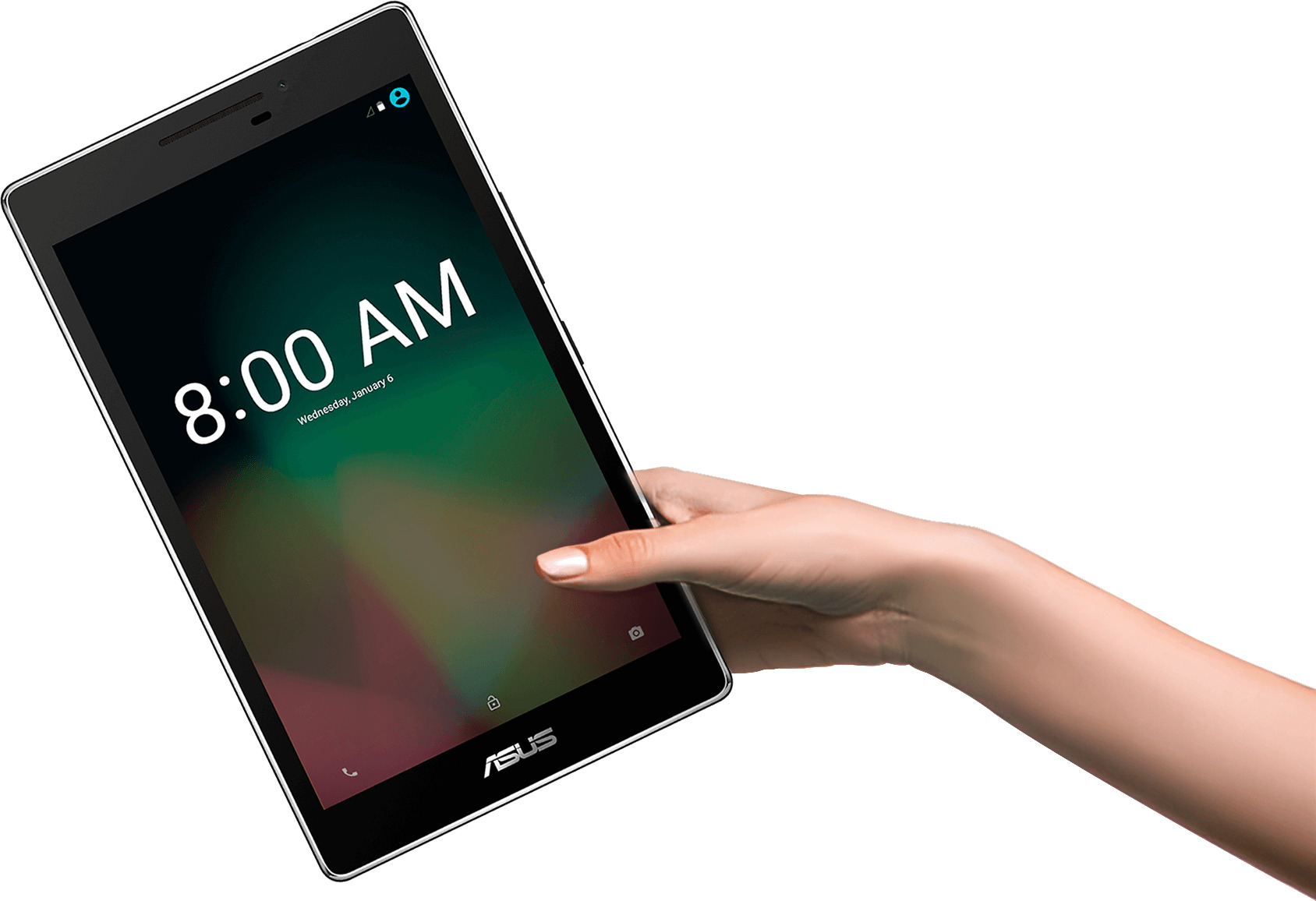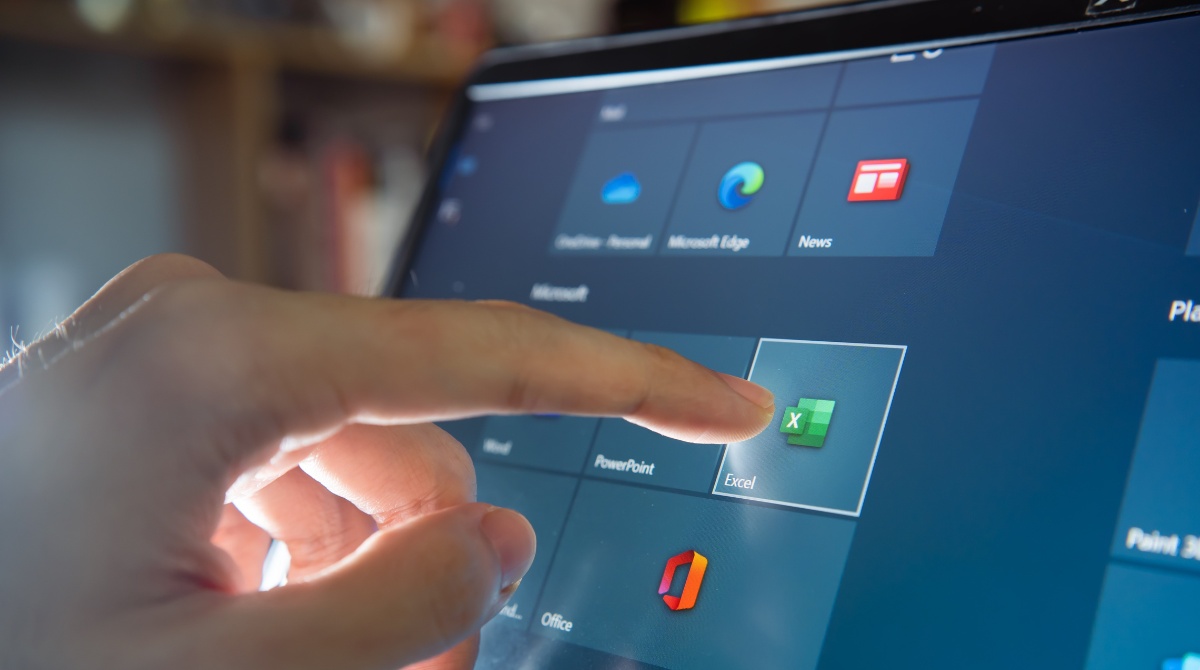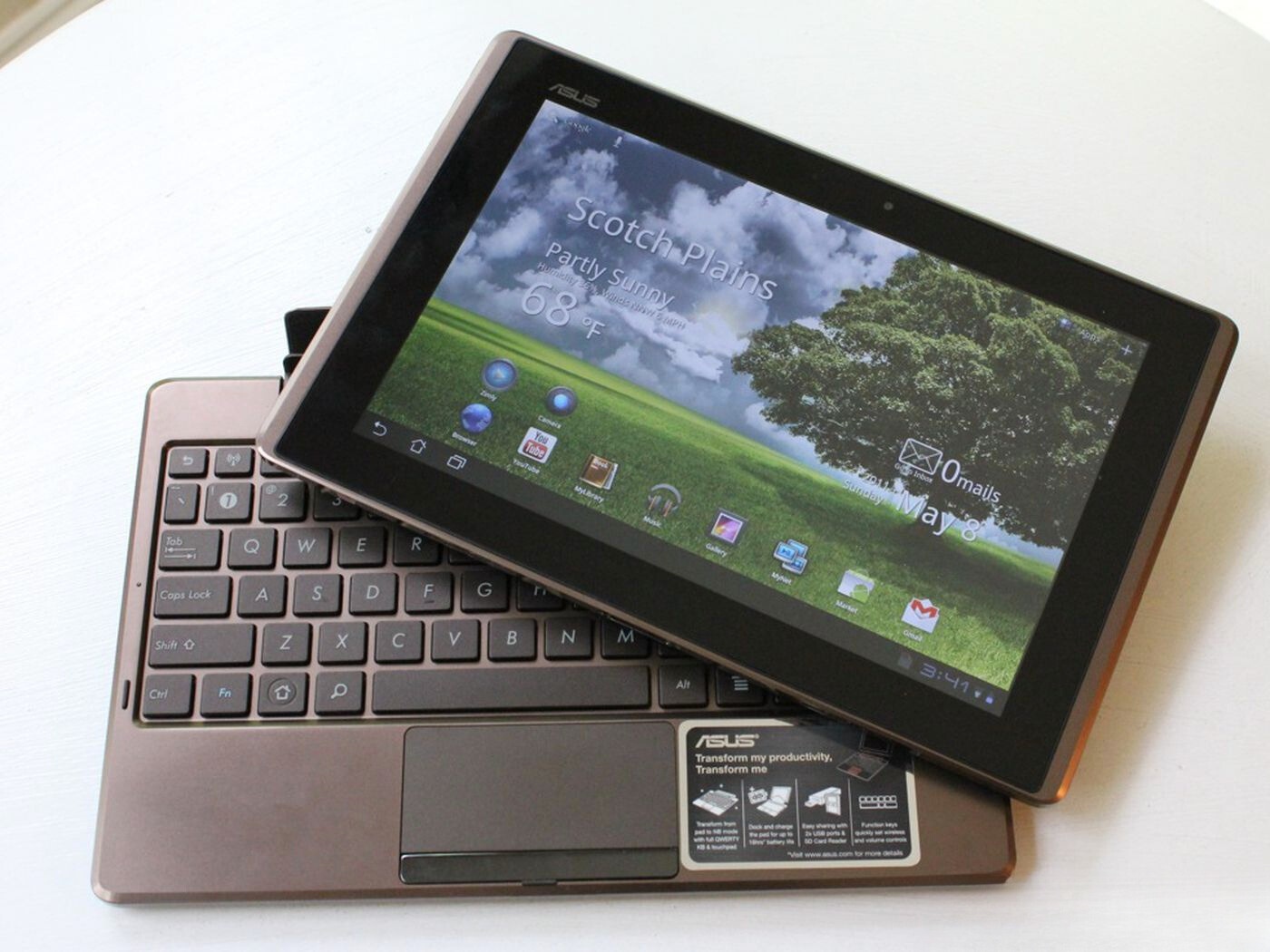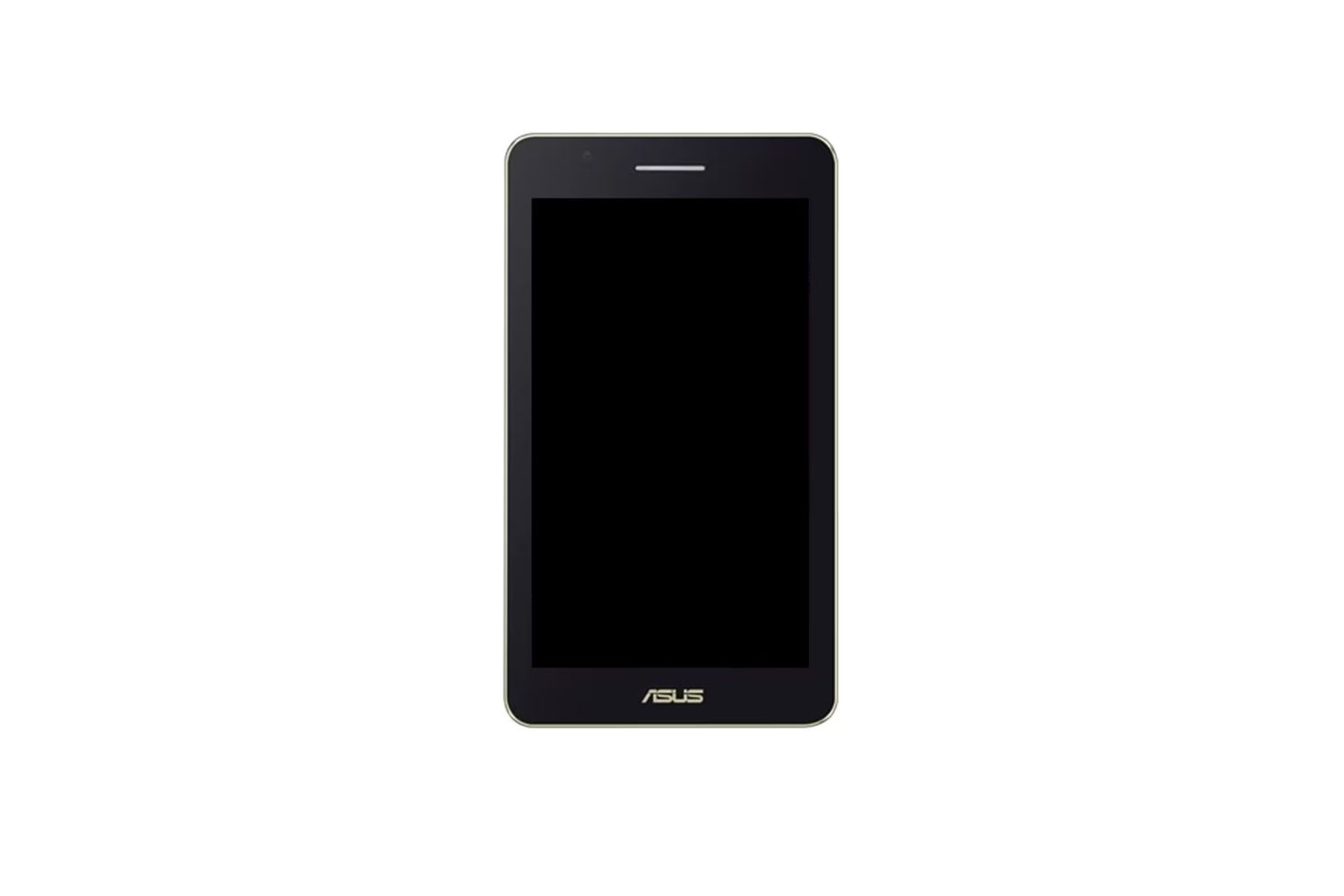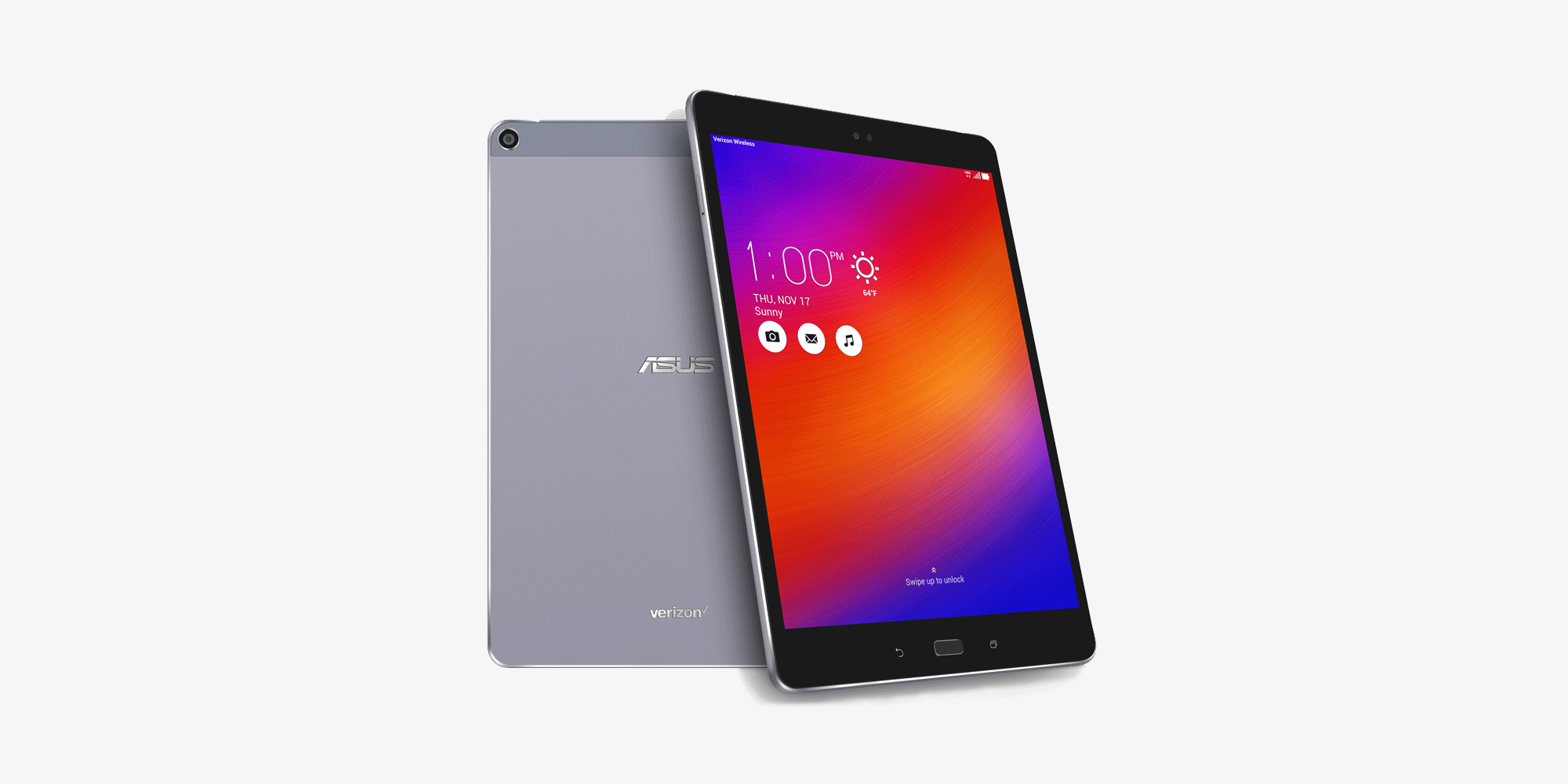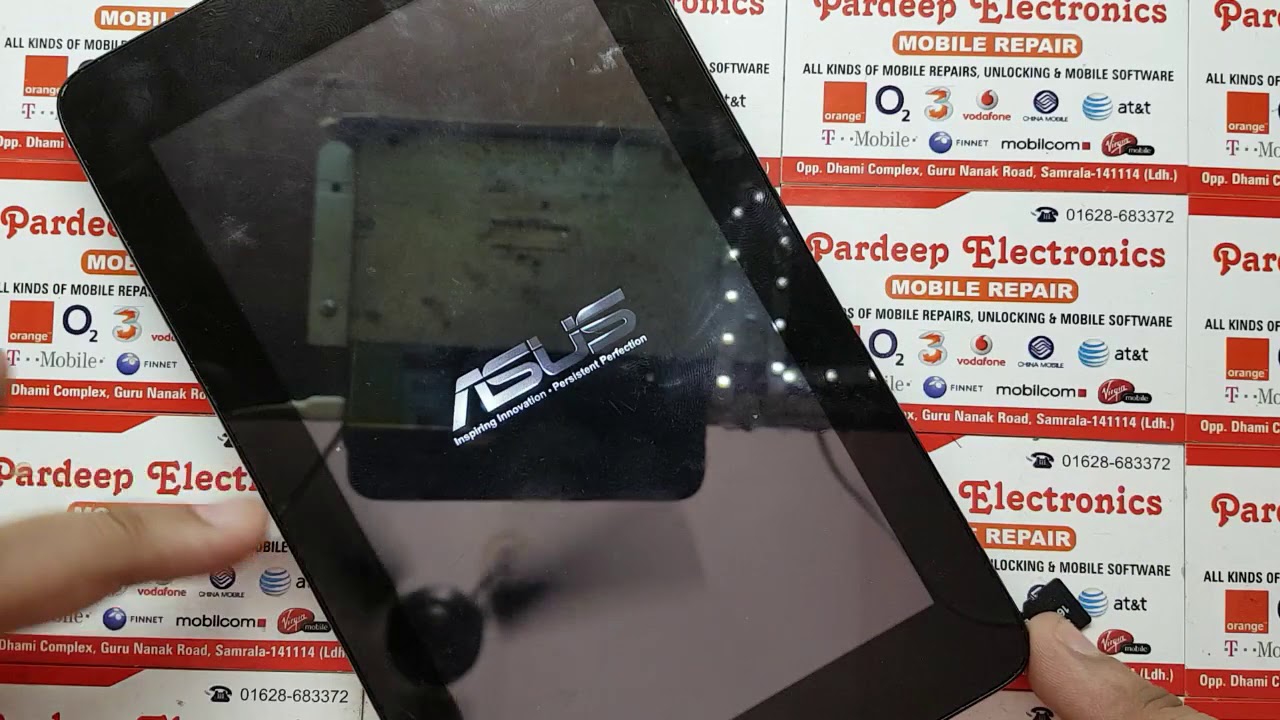Introduction
Welcome to the beginner’s guide on how to turn on an Asus tablet! Whether you are a new owner of an Asus tablet or have recently encountered difficulties in powering it up, this comprehensive guide will provide you with all the necessary steps and troubleshooting tips to get your device up and running.
Asus tablets are popular for their sleek design, powerful performance, and user-friendly interface. However, if you are new to the world of tablets or have recently switched to an Asus device, you might find yourself wondering how to turn it on. Fortunately, the process is straightforward and can be accomplished in a couple of different ways.
In this guide, we will walk you through the various methods of turning on your Asus tablet, from using the power button to performing a hard reset. We will also cover common issues that may prevent your tablet from turning on and provide troubleshooting tips to resolve them.
Whether you have an Asus ZenPad or an Asus Transformer Pad, this guide is applicable for most Asus tablet models. So, let’s dive in and explore the different ways to power on your Asus tablet!
Understanding the Power Button
The power button is the primary method used to turn on an Asus tablet. It is typically located on the side or top of the device, depending on the model. The power button is often distinguished by a small icon that resembles a circle with a vertical line cutting through it.
To turn on your Asus tablet using the power button, simply press and hold it for a few seconds. You should feel a slight vibration or see a brief display of the Asus logo on the screen. After releasing the power button, your tablet should continue to boot up, and you will be greeted with the lock screen or the home screen, depending on your device’s settings.
If you are finding it difficult to locate the power button, refer to the user manual or the manufacturer’s website for your specific Asus tablet model. These resources will provide detailed illustrations and instructions on the location and appearance of the power button.
It is important to note that the power button not only turns on your Asus tablet but also serves other functions. For example, if your device is already powered on, pressing the power button will put it to sleep or wake it up from sleep mode. Additionally, holding down the power button for an extended period can force a hard reboot or shut down your tablet if it becomes unresponsive.
Now that you have a clear understanding of the power button and its functions, let’s move on to the next section, where we will discuss how to check the battery level on your Asus tablet.
Checking the Battery
Before attempting to turn on your Asus tablet, it is crucial to ensure that the battery has enough charge to power the device. Many times, a tablet may not turn on simply because the battery is drained or completely depleted.
To check the battery level on your Asus tablet, you can follow these simple steps:
- Locate the battery icon on the screen: On most Asus tablets, the battery icon is displayed in the top right or top left corner of the screen. It typically appears as a small battery-shaped icon with a percentage next to it.
- Tap on the battery icon: Tap on the battery icon to expand the battery menu or display more detailed information about the battery status.
- Check the battery percentage: The battery menu will show you the current battery percentage, indicating how much charge is remaining. If the battery level is below 5%, it is advisable to connect your tablet to a power source before attempting to turn it on.
If you are unable to find the battery icon or the battery menu on your tablet’s screen, you may need to access the battery information through the device’s settings. To do this, follow these steps:
- Open the Settings app: Locate the Settings app on your Asus tablet. It is usually represented by a gear icon.
- Navigate to the Battery section: Within the Settings app, scroll down or search for the “Battery” option.
- Check the battery level: In the Battery section, you will be able to see the current battery level as a percentage.
By checking the battery level before attempting to turn on your Asus tablet, you can ensure that there is enough power to boot up the device successfully. If the battery is low, connect your tablet to a power source and allow it to charge for a while before proceeding.
Now that you have verified the battery level of your Asus tablet, let’s move on to the next section, where we will explore how to connect your tablet to a power source.
Connecting to a Power Source
If your Asus tablet’s battery is depleted or running low, you will need to connect it to a power source to charge it. Connecting your tablet to a power source is a simple process that can be done using the provided power adapter and cable.
To connect your Asus tablet to a power source, follow these steps:
- Locate the charging port: The charging port is typically located at the bottom or side of your Asus tablet. It is a small rectangular or round opening where you plug in the power adapter.
- Attach the power adapter to the cable: Connect the power adapter to the cable that came with your Asus tablet. Ensure that it is securely connected.
- Plug in the power adapter: Insert the power adapter into a wall socket or a power strip.
- Connect the cable to the charging port: Insert the cable’s connector into the charging port on your Asus tablet. Ensure that it is inserted correctly and securely.
- Check for charging indication: Once the tablet is connected to the power source, you should see a charging indication on the screen. This could be a battery icon with a lightning bolt or a progress bar indicating the battery level increasing.
It is important to use the original power adapter and cable that came with your Asus tablet, as it is specifically designed to provide the correct voltage and amperage for charging. Using a third-party charger may not only result in slow or inefficient charging but also pose a risk of damaging the battery or the device itself.
Once your Asus tablet is connected to a power source, allow it to charge for a sufficient amount of time. The charging time may vary depending on the tablet model and the current battery level. It is recommended to leave the tablet connected to the power source until the battery is adequately charged.
Now that your Asus tablet is connected to a power source and charging, let’s move on to the next section, where we will discuss how to turn on your tablet by holding down the power button.
Holding Down the Power Button
If your Asus tablet is not responding or not turning on through the traditional method of pressing the power button, you can try holding down the power button for an extended period to trigger a hard reboot.
Here’s how you can turn on your Asus tablet by holding down the power button:
- Locate the power button: Find the power button on your Asus tablet. It is usually located on the side or top of the device, as mentioned earlier.
- Press and hold the power button: Press the power button and hold it down for approximately 10 seconds.
- Wait for the device to reboot: As you continue to hold down the power button, you may feel a slight vibration or see the screen powering off and on again. This indicates that the tablet is rebooting.
- Release the power button: After the tablet reboots, release the power button. Your Asus tablet should now turn on and boot up as usual.
Performing a hard reset by holding down the power button can help resolve issues such as a frozen screen or unresponsive device. However, it is important to note that a hard reset should only be done when necessary, as it forcibly shuts down the tablet and can potentially result in data loss if not properly saved or backed up.
If your Asus tablet continues to have issues turning on or if holding down the power button does not resolve the problem, it may be necessary to explore other troubleshooting options or contact Asus customer support for further assistance.
Now that you know how to turn on your Asus tablet by holding down the power button, let’s move on to the next section, where we will discuss using the device’s on-screen options to power it on.
Using the Device’s On-Screen Options
In addition to using the physical power button, many Asus tablets also provide on-screen options to turn on the device. These on-screen options can be accessed when your tablet is powered off or in sleep mode.
To turn on your Asus tablet using the on-screen options, follow these steps:
- Firstly, ensure that your tablet is powered off. If it is in sleep mode, press the power button briefly to wake it up and then proceed.
- On the screen, you may see a prompt or a lock icon. Swipe or drag it to unlock the device.
- Once the device is unlocked, you should see the lock screen or a blank screen with a few options.
- Look for a power icon or a similar option on the screen. It is usually represented as a circle with a vertical line inside it.
- Tap on the power icon or the designated on-screen option to turn on your Asus tablet.
Note that the appearance and location of the on-screen power option may vary depending on the tablet model and the version of the operating system it is running. Therefore, if you are having difficulty finding the on-screen power option, refer to the user manual or the manufacturer’s website for your specific Asus tablet model.
Using the device’s on-screen options can be a convenient way to power on your Asus tablet, especially if the physical power button is not easily accessible or not functioning properly. It provides an alternative method to turn on the device without relying solely on the hardware buttons.
Now that you know how to turn on your Asus tablet using the on-screen options, let’s move on to the next section, where we will explore how to perform a hard reset if your tablet is still not turning on.
Performing a Hard Reset
If your Asus tablet is still not turning on or experiencing persistent issues, performing a hard reset may help resolve the problem. A hard reset forces the tablet to restart and can often clear temporary software glitches or issues that may be preventing it from powering on.
To perform a hard reset on your Asus tablet, follow these steps:
- Hold down the power button and the volume down button simultaneously. The exact combination may vary depending on your tablet model, so refer to the user manual or the manufacturer’s website for the correct button combination.
- Continue holding both buttons for about 10 to 15 seconds, or until you see the Asus logo or feel a vibration indicating that the tablet is restarting.
- Release both buttons and wait for the tablet to complete the reset process. This may take a couple of minutes.
- After the tablet reboots, it should turn on and display the lock screen or home screen as usual.
Performing a hard reset should be done as a last resort when other troubleshooting methods have failed to resolve the issue. It is important to note that a hard reset will erase all personal data and settings on your tablet, so it is advisable to back up your important files before proceeding.
If performing a hard reset does not solve the problem and your Asus tablet still refuses to turn on, it may be necessary to seek further assistance from Asus customer support or a qualified technician.
Now that you know how to perform a hard reset on your Asus tablet, let’s move on to the next section, where we will discuss some common issues that may prevent your tablet from turning on and provide troubleshooting tips to resolve them.
Troubleshooting Common Issues
While turning on an Asus tablet is usually a straightforward process, there may be times when you encounter common issues that prevent the tablet from powering on. Here are some troubleshooting tips to help you resolve these issues:
- Check the power source: Ensure that the power source you are using is functioning correctly. Connect your tablet to a different power outlet or try using a different charging cable and adapter to rule out any issues with the power source.
- Reset the battery: Some Asus tablets have a small pinhole or reset button on the back or bottom of the device. Use a small object, such as a paperclip, to press and hold the reset button for a few seconds. This can help reset the battery and resolve any temporary issues.
- Remove and reinsert the battery (if applicable): If your Asus tablet has a removable battery, carefully remove it and then reinsert it after a few seconds. Sometimes, a loose or improperly seated battery can cause power-related issues.
- Perform a factory reset: If your tablet is still not turning on, you can try performing a factory reset. Keep in mind that this will erase all data on your device, so make sure to back up any important files before proceeding. To perform a factory reset, go to the tablet’s settings, navigate to the “Backup & reset” or “System” section, and select the option to reset the device to its factory settings.
- Seek professional assistance: If none of the above troubleshooting steps resolve the issue, it may be necessary to contact Asus customer support or take your tablet to a qualified technician for further assessment and repair.
Remember to exercise caution when attempting any troubleshooting steps, and be mindful of your tablet’s specific model and specifications. If you are unsure or uncomfortable performing any of the troubleshooting steps, it is always advisable to seek professional assistance.
By following these troubleshooting tips, you should be able to resolve common issues preventing your Asus tablet from turning on. However, if the issue persists or if you encounter other specific problems, it is best to consult the user manual or seek assistance from Asus customer support.
Conclusion
Congratulations! You have successfully learned how to turn on your Asus tablet using various methods, including the power button, on-screen options, and performing a hard reset. We have explored troubleshooting techniques to help you resolve common issues that may arise during the power-on process.
Remember, the power button is the primary method used to turn on an Asus tablet. However, if you encounter difficulties, checking the battery level, connecting to a power source, or performing a hard reset can often resolve the issue.
Additionally, we discussed how to use the device’s on-screen options to power on your tablet and provided guidance on troubleshooting common issues that may prevent your tablet from turning on.
If you continue to experience difficulties turning on your Asus tablet after attempting the troubleshooting methods outlined in this guide, it is advisable to seek further assistance from Asus customer support or a qualified technician for a more in-depth assessment and resolution.
We hope this guide has been helpful in providing you with the knowledge and techniques to successfully power on your Asus tablet. Enjoy using your tablet and exploring all the incredible features it has to offer!










